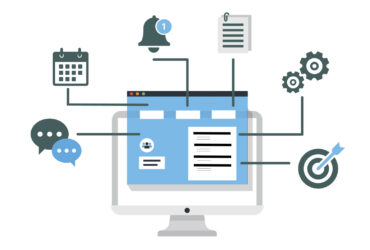Navigating Change: Prioritizing Staff and Participant Needs in Technology Adoption


In the fast-evolving landscape of technological advancements, organizations often find themselves in the midst of operational changes aimed at enhancing efficiency and effectiveness. However, amidst the excitement of embracing new technologies, it’s imperative not to overlook the human element of change management. Paying close attention to the needs of both staff and participants can make all the difference in ensuring a smooth transition and sustainable success.
Acknowledging the Human Dimension
Change, no matter how beneficial, can induce stress and uncertainty among staff members. This stress doesn’t remain confined within organizational boundaries but trickles down to impact participants as well. Recognizing this dynamic underscores the significance of supporting staff through transitions. A people-centric approach is essential to mitigate resistance and facilitate a seamless adoption process.
Louisiana’s Approach: Balancing Efficiency with Empathy
In adopting TuaPath, Louisiana’s strategy exemplifies a holistic approach to change management. By fostering a culture of coaching and leveraging new technologies, the state aims to alleviate administrative burdens and empower staff to focus on guiding participants towards self-sufficiency. However, what sets their approach apart is the deliberate emphasis on phased adoption, participant engagement, and ongoing enhancement.
- Phased Technological Adoption: Implementing changes gradually allows coaches to acclimate at their own pace, ensuring a more effective integration process without overwhelming staff.
- Participant Engagement and Adoption: Providing participants with resources and support fosters a culture of continuous learning, ensuring they feel empowered to embrace technological advancements.
- Ongoing System Enhancement: Louisiana’s commitment to refinement underscores the importance of incorporating feedback to optimize services continually.
Key Takeaways for Successful Change Management
Human-Centric Approach: Leadership must prioritize the well-being and autonomy of both staff and participants. Understanding the human aspect of change facilitates smoother transitions and mitigates resistance.
- Personalized Freedom: Granting staff autonomy in adapting to change fosters higher satisfaction levels and enhances organizational resilience.
- Empowering Change: Effective change management empowers staff to navigate transitions at their own pace, fostering an environment of openness and flexibility.
- No Single “Magic Bullet”: Successful change management requires a combination of office culture, tools, and training. It’s a gradual process that requires momentum and support to thrive.
In conclusion, managing operational change in the realm of technology adoption necessitates a balanced approach that prioritizes the needs and well-being of staff and participants alike. By embracing the human dimension of change and empowering individuals to adapt, organizations can navigate transitions with agility and resilience, ultimately driving sustainable success.









